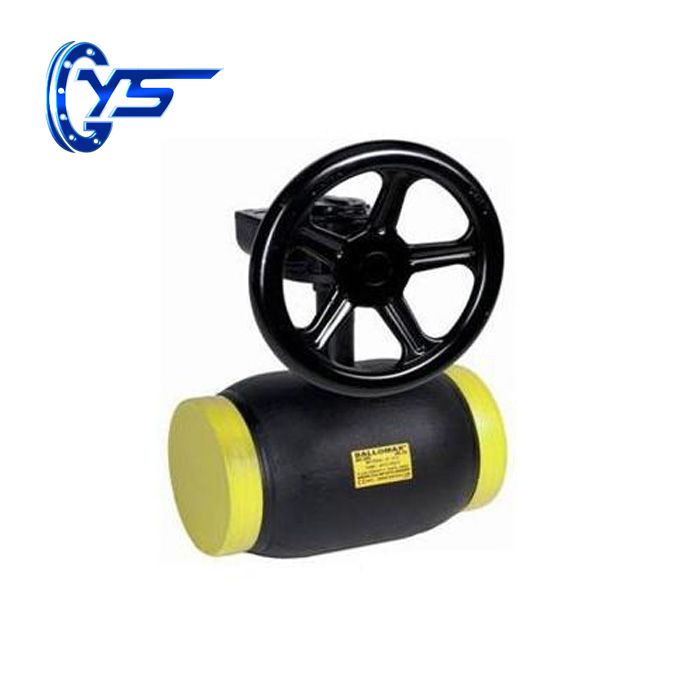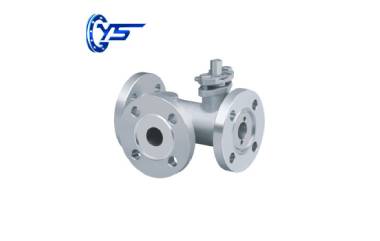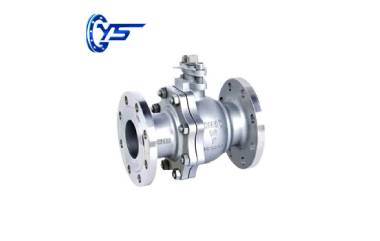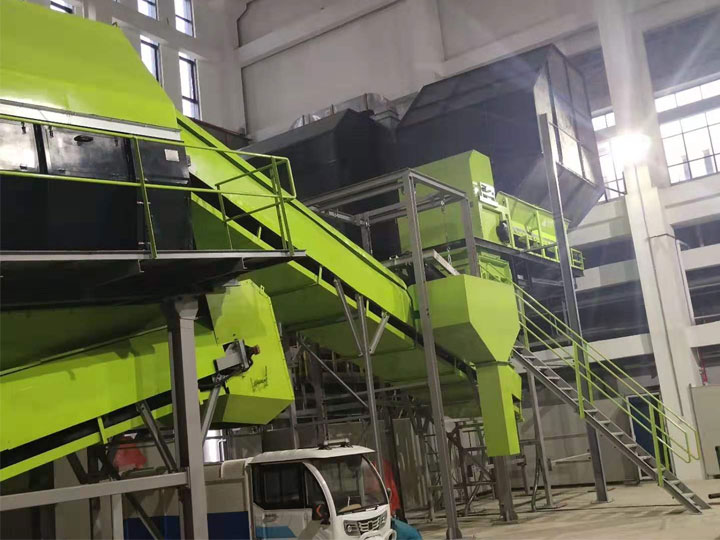Where Are the Ball Valves Used?
Posted By Hebei Yaosheng IM EX Trading CO.Ltd on 2020-06-16 7:28 AM

Description
The ball valve is mainly used in the pipeline to cut off, distribute and change the flow direction of the medium. It only needs to be operated with a 90-degree rotation and a small torque to close tightly. Ball valves are most suitable for switching and shut-off valves.
Since the ball valve usually uses rubber, nylon, and PTFE as the seat sealing ring material, its use temperature is limited by the seat sealing ring material. The cut-off effect of the ball valve is achieved by the metal ball under the action of the medium and pressed against each other between the plastic valve seats (floating ball valve). The valve seat seal ring deforms elastically under certain contact pressure. This deformation can compensate for the manufacturing precision and surface roughness of the ball, and ensure the sealing performance of the ball valve.
Since the seat ring of the ball valve is usually made of plastic, the fire resistance and fire resistance of the ball valve must be considered in the structure and performance of the ball valve, especially in the petroleum, chemical, metallurgy, and other departments, inflammable and explosive media The ball valve is used in the equipment and piping system, and more attention should be paid to fire resistance and fire prevention.
Three-Way Ball Valve
Ball valve classification
Ball valves are divided into floating ball valve, fixed ball valve, orbit ball valve, V-type ball valve, three-way ball valve, stainless steel ball valve, floating ball valve, cast steel ball valve, DIN forged steel ball valve, unloading ash ball valve, anti-sulfur ball valve, ferrule ball valve, welding ball valve.
In addition, according to different functions and transmission forms, it can also be classified as follows:
Ball valve features:
1. Has the lowest flow resistance (actually zero).
2. Work will not get stuck when there is no lubricant, so it can be used reliably in corrosive media and low-boiling liquids.
3. Within a large range of pressure and temperature, it can achieve 100% sealing.
4. Ultra-fast opening and closing can be achieved. The opening and closing time of some structures are only 0.05 ~ 0.1s to ensure that it can be used in the automatic system of the test bench. When opening and closing the valve quickly, there is no impact during operation.
5. The ball-shaped closing piece can be automatically positioned in position.
6. The working medium is reliably sealed on both sides.
7. When fully open and fully closed, the sealing surfaces of the ball and the valve seat are isolated from the medium, so the medium passing through the valve at high speed will not cause corrosion of the sealing surface.
8. Compact structure and lightweight, it can be considered as the most reasonable valve structure suitable for the low-temperature medium system.
9. The valve body is symmetrical, especially when welding the valve body structure, it can well bear the stress from the pipeline.
10. The closing piece can withstand the high-pressure difference during closing.
11. The fully welded ball valve can be buried directly in the ground so that the internal parts of the valve will not be corroded, and the maximum service life can reach 30 years.
The many unique characteristics of the ball valve determine the relatively widespread use of the ball valve. Generally, the two-position adjustment, strict sealing performance, mud, wear, shrinkage channel, rapid opening and closing action (1/4 turn opening and closing), high-pressure cutoff ( Large pressure difference), low noise, cavitation and gasification, a small amount of leakage into the atmosphere, small operating torque, low fluid resistance, the use of ball valves is recommended.
The ball valve is also suitable for piping systems with a light structure, low-pressure cut-off (small pressure difference) and corrosive media. Ball valves can also be used in low temperature (cryogenic) devices and piping systems. In the oxygen pipeline system in the metallurgical industry, it is necessary to use a ball valve that has undergone strict degreasing treatment. When the main pipeline in the oil pipeline and gas pipeline needs to be buried underground, a full-diameter welded ball valve should be used. When regulating performance is required, a ball valve with a special structure with a V-shaped opening needs to be selected. In petroleum, petrochemical, chemical, electric power, and urban construction, metal-to-metal sealed ball valves can be used for piping systems with operating temperatures above 200 degrees.
Flange Ball Valve
Ball valve application principles
For pipelines for oil and natural gas, pipelines that need to be cleaned or buried underground, use full welded ball valves.
For those buried in the ground, select a flange ball valve with a full-pass welded connection or flange connection; a branch pipe with a flange connection, a welded connection, a full-pass or reduced-diameter ball valve.
Flanged ball valves are used for the transportation pipeline and storage equipment of refined oil.
On city gas and natural gas pipelines, floating ball valves with flange connection and internal thread connection are selected.
In the oxygen pipeline system in the metallurgical system, it is advisable to use a fixed ball valve that is strictly degreased and flanged.
For piping systems and devices of low-temperature media, low-temperature ball valves with bonnets should be used.
On the pipeline system of the catalytic cracking device of the oil refining device, a lifting rod type ball valve can be selected.
In the equipment and piping system of the acidic and alkali corrosive media in the chemical system, it is appropriate to select all-stainless steel ball valves made of austenitic stainless steel with PTFE as the seat ring.
Metallurgical systems, electric power systems, petrochemical installations, and high-temperature medium piping systems or devices in urban heating systems can be metal-to-metal sealed ball valves.
When flow adjustment is required, worm gear drive, pneumatic or electric regulating ball valve with V-shaped opening can be selected.
summary:
Industrial ball valves are widely used, and the variety and number of them are still expanding. They are developing towards high pressure, high temperature, largemouth, high sealing, long life, excellent adjustment performance, and multi-function of one valve. Its reliability and other performance The indicators have reached a high level, and have partially replaced gate valves, globe valves, and regulating valves.
The industrial ball valve supplier believes that with the advancement of ball valve technology, in the foreseeable short period of time, especially in oil and gas pipelines, oil refining crackers, and the nuclear industry, there will be more extensive application. In addition, in the large and medium caliber, low and medium pressure fields in other industries, ball valves will also become one of the leading valve types.
Tags: valve, ball valve
For more information, please Click Here











